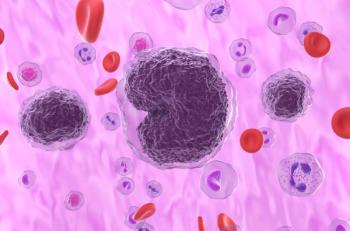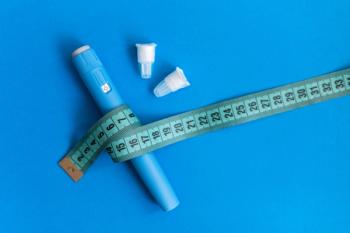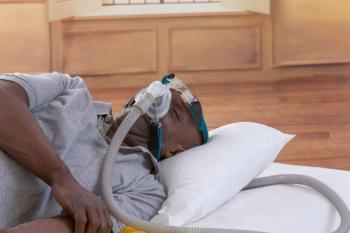
Number of Cardiovascular Deaths Rising Among Cancer Survivors, Study Finds
A new study says that more than 1 in 10 of the 17 million cancer survivors in the United States will die from cardiovascular disease (CVD).
More people than ever have survived cancer in the United States. That’s the good news. But the bad news for the
The study, led by researchers at Penn State Cancer Institute, uses the Surveillance, Epidemiology and End Results (SEER) database to examine death rates from CVD, which included heart disease, high blood pressure, stroke, blocked arteries, and damage to the aorta. Of the more than 3.2 million cancer patients studied, covering a period from 1973 to 2012, 38% died from cancer, while 11% (365,689) died from CVD. Among this group, more than three-fourths had heart disease (76%).
Data show that increasing CVD deaths among cancer survivors are a direct result of improvements in cancer care that allow people to live longer, the authors said. They found that for cancers with a 20% risk of CVD mortality or greater, the risk of death from the cancer first diagnosed was less than 30%. For cancers in this group, “patients may benefit from clinical intervention by cardiologists at the point of diagnosis,” they write.
Notably, the risk of death from CVD was highest during the first year after a cancer diagnosis, and among those diagnosed with cancer before turning 35. The risk can be 2 to 6 times greater than the general population and higher in some cancers than others, with most deaths occurring among patients who had breast, prostate, or bladder cancer. The authors wrote that patients with endometrial cancer have a particularly high risk of CVD death in the first year after diagnosis, “supporting early involvement of cardiologists in such patients.”
“Cancer survivors with cancer of the breast, larynx, skin, Hodgkin lymphoma, thyroid, testis, prostate, endometrium, bladder, vulva, and penis are about as likely to die of cardiovascular diseases as they are to die of their initial cancer,” lead author Kathleen Sturgeon, PhD, MTR, of Penn State Cancer Institute, said
“Increasing awareness of this risk may spur cancer survivors to implement healthy lifestyle behaviors that not only decrease their risk of cardiovascular disease, but also the risk of cancer recurrence,” she said.
The results are not a complete surprise, as “cardio-oncology” clinics and symposia have become more common over the past decade to address the needs of survivors who now live with the long-term effects of the treatments that saved their live. For example, while trastuzumab represented a significant advance over anthracyclines both in treatment of HER2-receptor positive breast cancer and in reducing toxicity, there remain
The number of US cancer survivors is expected to reach 22 million by 2030, due to an aging population and ever-improving therapies; thus, there is an acute need to address how cancer treatment affects the heart, writes Joerg Herrmann, MD, of the Department of Cardiovascular Disease at Mayo Clinic, in an accompanying editorial.
Hermann noted that the early peak of CVD is followed by a “chronic phase,” in which risk remains elevated but is not increasing. “However, eventually it seems to increase again. This could be due to late toxicities, or accelerated or natural progression of pre-existing disease,” he wrote.
The longer a patient lives after surviving cancer, “the higher the chances that not malignancies but other entities, especially CVD, will terminate life expectance,” Herrmann wrote.
Senior author Nicholas Zaorsky, MD, said one reason why cancer patients face a high risk of CVD mortality in the first year of diagnosis is that their arrival in the health system reveals many other issues, including lung dysfunction, existing heart disease, and kidney failure.
Cardio-oncology could make a difference, Herrmann said, and this field should be pursued in light of the increasing survival rates due to the arrival of checkpoint inhibitors. The study authors wrote that their findings call for more work to identify the optimal approach for collaboration between oncologists and cardiologists, as well as primary care physicians who may see the first signs of trouble during cancer survivorship. The American College of Cardiology (ACC) dedicated a
References
- Sturgeon KM, Deng L, Bluethmann SM, et al. A population-based study of cardiovascular disease mortality in US cancer patients [published online November 25, 2019]. Eur Heart J doi:10.1093/eurheartj/ehz766.
- Herrmann J. From trends to transformation: where cardio-oncology is to make a difference [published online November 25, 2019]. Eur Heart J. doi:10.1093/eurheartj/ehz781.
Newsletter
Stay ahead of policy, cost, and value—subscribe to AJMC for expert insights at the intersection of clinical care and health economics.













































